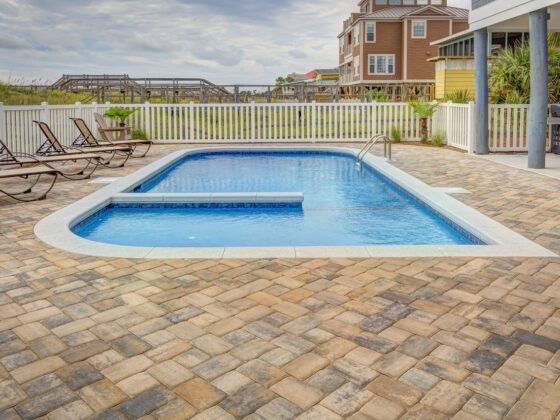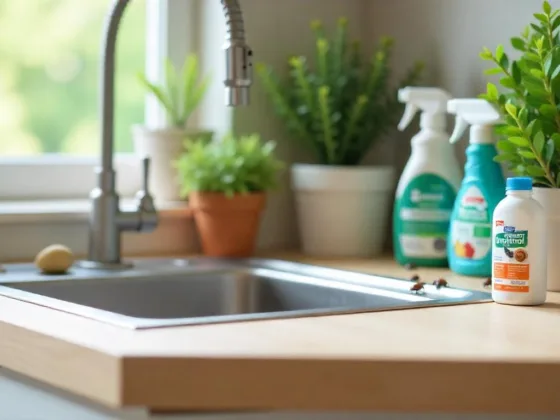Table of Contents Show
When it comes to precision sandblasting, Melbourne surface coating providers turn to micro-abrasive blasting.
The process is useful for intricate parts that need precision. As expected, the abrasive media used in microblasting are very fine and the nozzle that blasts the media onto the substrate is miniature to offer better control when targeting and removing microns of material.
It’s easy to see why micro-abrasive blasting is the method of choice for surface treatment in preparation for painting, preparing fasteners and bolts for coatings and in high-value and even artistic applications in the glass and pottery industry of South Eastern Suburbs, Melbourne.

What are the Benefits of Micro-Abrasive Blasting?
Micro-abrasive blasting is versatile. It can be used to clean substrate surfaces, texturize them, deburr, strip paint off, etch or mill surfaces.
It uses finer media than traditional sandblasting. It can help you achieve a more consistent finish on the surface.
On the right hand, it can be used to strip paint and other thin coatings from delicate surfaces. It has applications across a variety of industries.
Contrary to common belief, micro-abrasive blasting is not the same as grit blasting or bead blasting.
For the kind of precision required to deburr tiny medical equipment parts with intricate designs or texturize an aeronautical surface with a sharp and precise line, the blasting medium required must be finer than usual.
How is Micro-Abrasive Blasting Done?
At Doogood Surface Coating and Powder Coating in Melbourne, media blasting with fine garnet powder is done with small nozzles that aren’t used in traditional sandblasting.
These nozzles offer greater control to the operator, can be angled and custom-designed for various purposes.
Because of the tight focus of media in the nozzle, micro-abrasive blasting equipment offers great control over the finished product. The nozzles also allow adjustable blast pressures for precision control.
The operator has control over the following variables in micro-abrasive blasting:
- Air pressure: for faster blasting in applications with less precision, higher pressure is used. For slower blasting with greater control, lower pressure is recommended.
- Nozzle size: A larger nozzle will lead to a uniform surface. A smaller nozzle is better for detail, as when etching thin lines in the glass.
- Blast distance: Blasting from further away will cover a wider area. Blasting from closer offers greater control.
- The angle of blasting: The angle -wide or tight – will help the operator achieve different effects.
- Abrasive ratio: Lower ratio is for slower abrasion and finer control.
What Media is Used for Micro-Abrasive Blasting?
When it comes to micro-scale abrasive blasting, Melbourne industries like us tend to use industry-standard garnet powder for the job.
Sand is no longer the preferred medium as it contains fine silica dust that is toxic to operators when inhaled long-term.
However, there are other media that are more suitable for certain kinds of applications and surface finishes.
Typically, the size of a micro-abrasive blasting media particle ranges between 10 and 50 microns.
A micron is as small as a millionth of a meter. Glass beads for traditional sandblasting tend to range between 50 microns and 170 microns in size.
When you’re unsure of the type of medium best suited for the job, it is best to start with a softer medium that will remove surface finishes without scarring the underlying substrate.
- Micro grains of garnet can be used for precision applications in the oil and petroleum industry, shipbuilding, bridges, building construction, and stone washing of denim. Garnet is reusable and environment-friendly.
- Glass beads are recyclable blast media that help achieve a smooth finish. They are made from fine soda-lime glass and can be ordered in superfine sizes for micro-abrasive blasting.
- Brown and white aluminum oxide is a popular medium for removing paint and general cleaning applications. It is also useful in glass etching. It is harder than glass beads.
- For some jobs, the hard silicon carbide and the soft sodium bicarbonate may also be used as blasting media. Silicon carbide is ideal for fast etching of glass, stone, and other hard surfaces. It is also effective in removing paint or rust.
- Soft plastic is the medium of choice in aerospace and automotive applications. It can successfully remove paint from fiberglass parts without stripping or etching the surface. At the same time, plastic produces low dust levels.
When it comes to choosing the right medium for sandblasting, Toogood can help.
Some Applications of Micro-Abrasive Blasting
Texturing
Abrasive blasting contractors use micro abrasive sandblasting to turn shiny finishes to matte and to frost clear surfaces for a variety of industries.
For instance, Lens molds and angioplasty balloons in the medical industry require abrasive blasting services with precision capabilities.
Orthodontic bands and veneers are also blasted to give them the perfect finish.
Cleaning & Stripping
In preparation for surface treatment of some kind, abrasive sandblaster can be used to clean and strip residues, substances, and films from delicate and small surfaces.
Applications include removing failed components from circuit boards in the aerospace industry, stripping of wires, cleaning turbine blades, removing metal from ceramic components, etc.
It can be used to clean fossils, remove oxides from crowns in the dental lab and clean stone masonry in art restoration.
It also has wide applications in the medical equipment field, power generation, industrial controls, and electronics industries.
Glass Etching
Glass artists and glass manufacturers can use micro-abrasive blasting for etching glass, instead of the traditional Hydrofluoric Acid.
Traditionally, artists would lay a mold of wax as a stencil on the glass, and etch away the design with acid. But the process of acid etching is slow and unsafe, as it can release toxic fluorine gas.
Micro-abrasive blasting is a more efficient and safer way to etch glass instead, given the great amount of control it offers.
It is possible to etch tempered glass at relatively low pressures and with finer abrasives, but if blasted too deep, there’s the danger of the glass exploding.
Laminated glass can also be etched, as long as one doesn’t go through one layer of glass to expose the layer of plastic behind it.
Powder-Coating & Surface Coating
One of the most common applications of micro-abrasive blasting is in preparing small surfaces for powder coating and spray painting.
To powder coat a surface, it must be completely free of rust, paint, corrosion, oils, and damaged metal coatings.
Powder coating over contaminated surfaces will lead to imperfections. Media blasting the surface before the job will also rough up the surface with “tooth” so it can hold the powder coating better.
The powder coat can seep into the valleys and peaks created by the teeth for better adhesion.
Without this adhesion, it is possible for the powder coating to peel off in places like a laminate.
Media blasting in preparation for powder coating is a time and labor-saving process to replace sanding.
It is also easier to uniformly use media to blast substrates with complex shapes or small sizes that are difficult to sand for surface coating. Preparing for fastener coatings and bolt coatings is made easier with this process.
Preparing Glass for Paint
Glass spray painters can also prepare glass surfaces for paint with abrasive blasting.
Paint sticks better to glass that has a roughness to it than glass that is smooth. Sandblasting can prepare a glass surface for painting so that the paint adheres to the surface well, and doesn’t wash off or remove easily.
While silicon carbide is a popular medium for glass in abrasive blasting, Melbourne providers may also use aluminum oxide, which is softer than silicon carbide.
Get in Touch
If you’re looking for a quote on a micro-abrasive sandblasting job or spray painting services in the South Eastern Suburbs of Melbourne, Toogood Surface Coating and Powder Coating in Melbourne have you covered.
We offer the services of our blast booth for jobs of dimensions 6 m x 6m x 2.1 m and more by extension, as well as for small precision jobs such as bolt coatings and fastener coatings.
We strictly follow the Australian Standards for testing and inspection processes for sandblasting in Melbourne.
Our equipment is tested in-house with the latest equipment. We carry equipment for surface profiling, testing environmental conditions, and soluble salts before every job.
We can offer third-party inspection, reporting, and certification on request.
While our service primarily involves blasting as preparation for in-house spray painting services and coating, we also offer blasting-only services. Get in touch to find out how you can benefit from micro-abrasive blasting.
The applications of this method are far-reaching and extensive, and a consultation will help determine if it is the right method for you.










